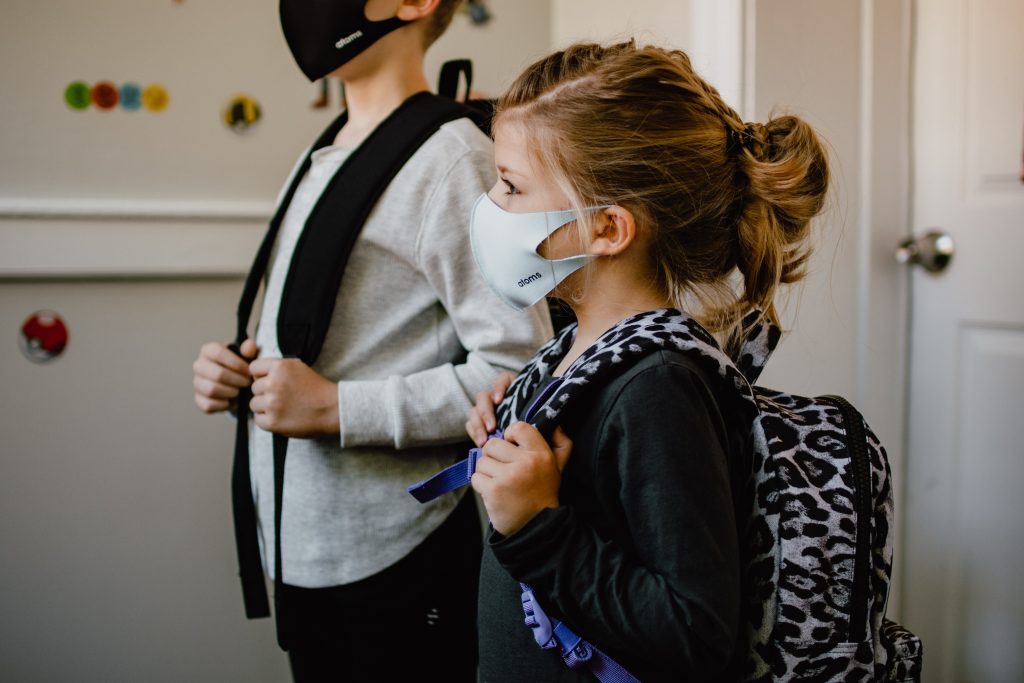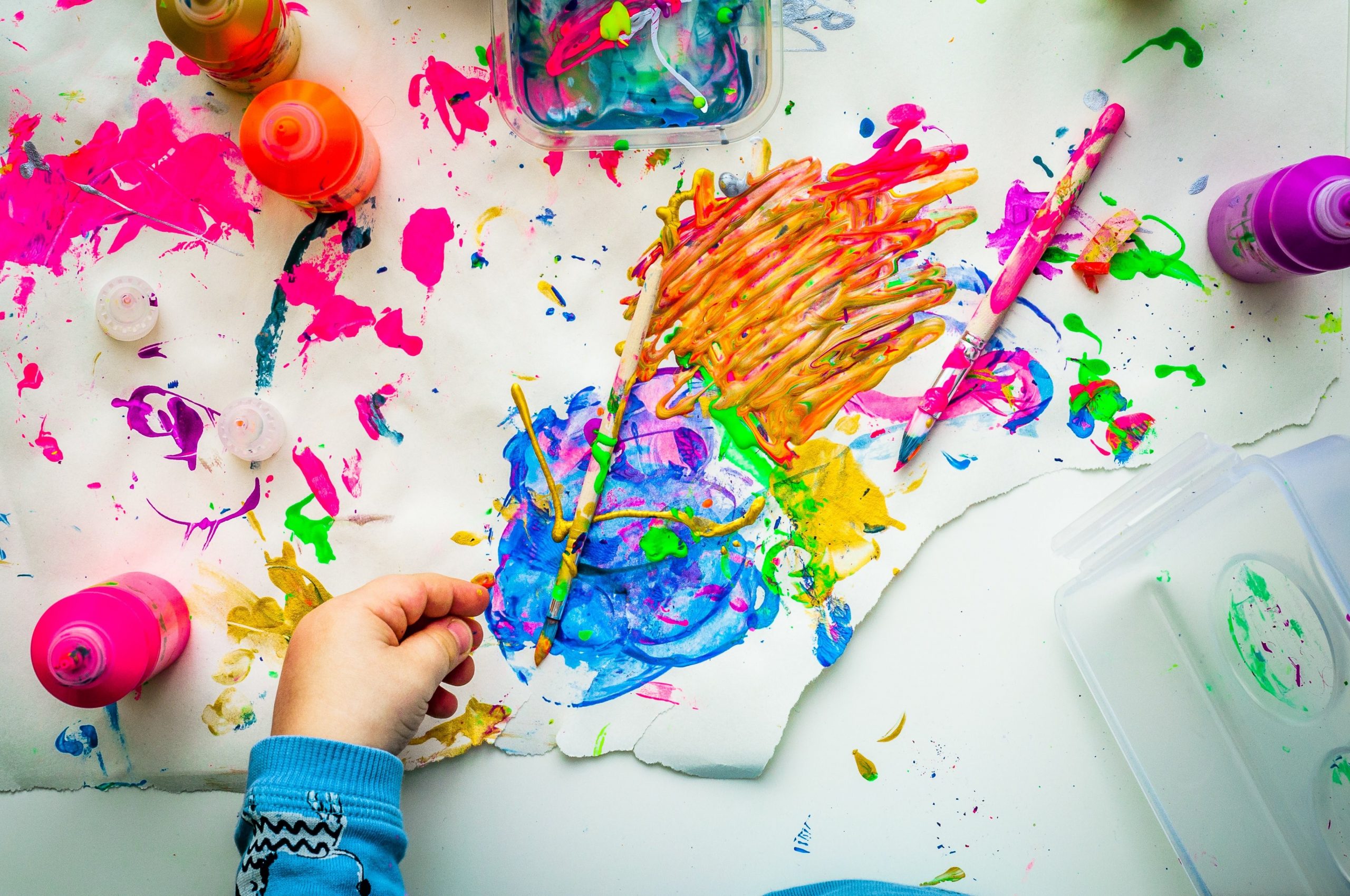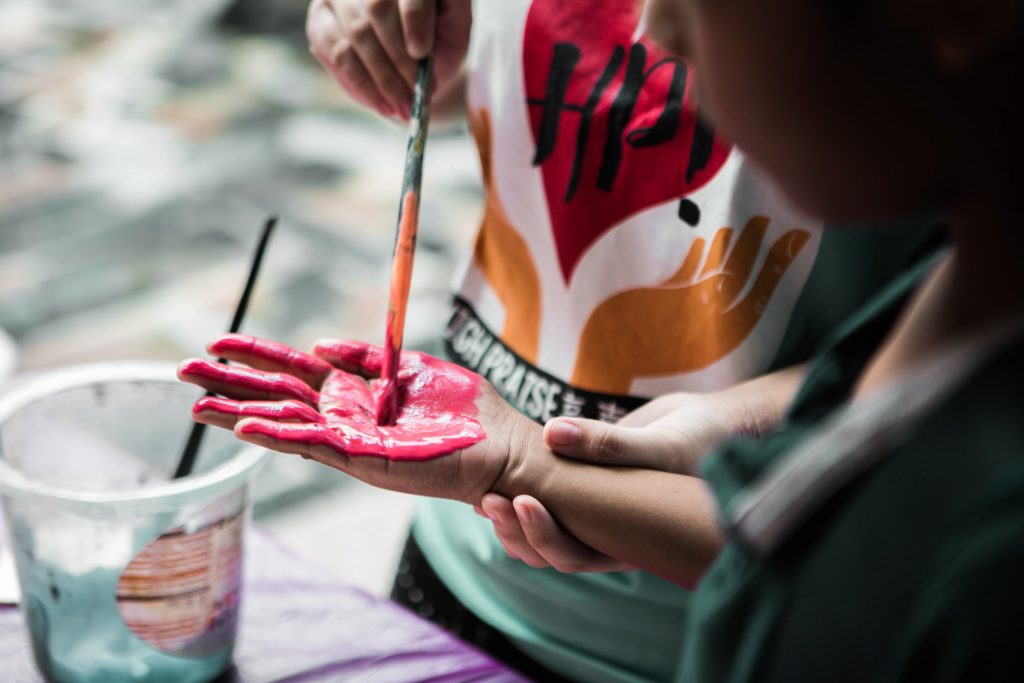Art therapy in primary schools
Article
Following the Covid-19 pandemic, the role schools play in supporting children’s social, emotional, and mental health is even more vital. Zoe Moula and Alex McDonald, editors of the International Journal of Art Therapy, have reviewed the evidence-base for primary-school-based art therapy.
Their separate research studies on this topic have led to a collaboration with the British Association of Art Therapists to publish a review. The aim is to encourage a broader view of art therapy in primary schools and engage a wider audience, such as families, school leaders, governors and policy makers.
The impact of Covid-19
Mental health difficulties are affecting children across the world, and when Covid-19 began, there was no doubt that the pandemic would make things worse.
The question was, and continues to be – in what way? During the first two years of Covid-19, a whopping 1.5 billion children and young people worldwide were affected by lockdowns and school closures. Since this time, there has been an increase in the number of children experiencing social, emotional and mental health difficulties.
 According to the Children’s Commissioner (2021) and Children’s Society (2020), one in five children have felt unhappy with their lives since Covid-19 and clinically significant mental health conditions in childhood have increased by 50%.
According to the Children’s Commissioner (2021) and Children’s Society (2020), one in five children have felt unhappy with their lives since Covid-19 and clinically significant mental health conditions in childhood have increased by 50%.
The Anna Freud Centre (2021) survey of 3,298 children and young people found that mental health conversations needed to be normalised and brought into schools, with depression, anxiety, body image and identity being issues that continue to re-emerge.
Due to the ongoing and rising issues surrounding children’s mental health, schools have been increasingly employing art therapists. A workforce survey by the British Association of Art Therapists showed that 68% of its members were working with children and young people, with 35% within school settings.

How art therapy helps
Art therapy has been shown to be helpful to children in terms of quality of life, self-esteem, and social, emotional, and mental health. Art therapy in schools has enabled some children to articulate their emotions, while also having an enjoyable time during sessions, resulting in them being able to engage more when back in class.
What do children say?
Children described art therapy as making them feel ‘calmer’, with one child’s feedback stating: ‘Art therapy made me feel less stressed than I used to be’. Another child described art therapy as helping with ‘everything’.
And teachers?
Teachers also commented on the positive impact art therapy had on their pupils: ‘It sounds like a cliché, but that child is unrecognisable now; happy most of the time’… ‘he’s come out of his shell a lot more, in the classroom and in the playground. And happier as well.’
Not only can art therapy help children, but teachers also expressed that school-based art therapy allowed for a more comprehensive support system. Children doing art therapy in their schools also felt that the school was generally more caring and supportive.
Improving access to art therapy
School-based art therapy has increased accessibility for some children from low socioeconomic backgrounds, whose parents struggled to initiate therapy otherwise. Attending art therapy in school, as opposed to hospitals or mental health clinics, also reduced the stigma surrounding the need for therapy for some families.

More research is needed
On their research, Zoe and Alex said, ‘We have learned a great deal from our research into art therapy in primary schools so far, and there is so much more that can be done.’
They go on to say:
Firstly, we need to develop specific art therapy approaches with children, for children. Then, we need to test clinical effectiveness through larger research studies for art therapy to be recognised and included in national and international healthcare policies and guidelines. We are excited about how much further we can explore the potential of school-based art therapy and its capacity to contribute to improving outcomes for children.
In today’s world, which can often feel chaotic and challenging, even to adults, it is crucial that children have the tools and the platforms to express and understand their feelings and to make sense of confusing emotions that can often be difficult to put into words. Children commented that art therapy enabled them to ‘talk better’ … ‘it’s given me confidence by talking about my feelings’ … ‘you can express your feelings and show who you are. This helps you learn.’
As the evidence-base around art therapy in primary schools continues to grow and evolve, the review by Moula and McDonald presents the importance of art therapy in primary schools, the positive impact that art therapy is continuing to have on the mental health and wellbeing of many children.
When you make art, it can take your mind off the bad stuff. This can help you feel safer.
Child, aged 10.
All child and teacher quotes included in this article are from:
- Primary-school-based art therapy: exploratory study of changes in children’s social, emotional and mental health (McDonald, Holttum & Drey, 2019).
- Primary-school-based art therapy: A mixed methods comparison study on children’s classroom learning (McDonald & Holttum, 2020).
